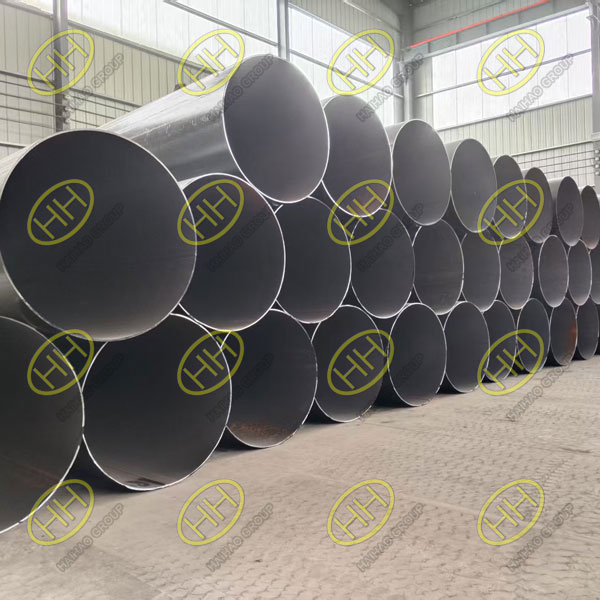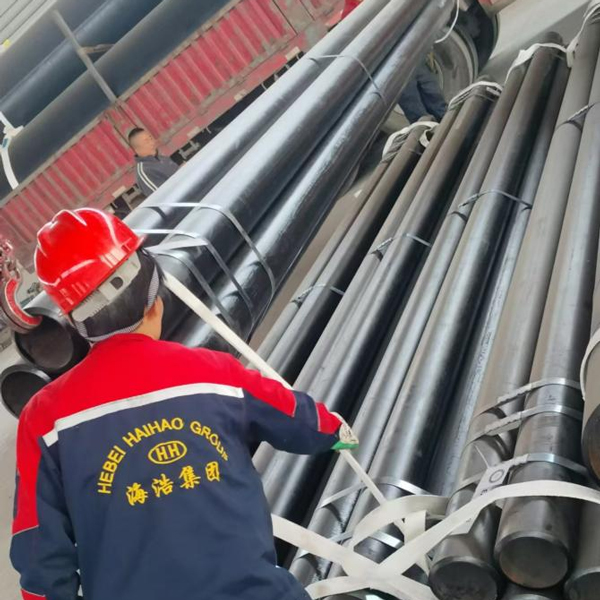Do You Know the Different Ways to Represent Pipe Wall Thickness?
When it comes to steel pipes, wall thickness plays a crucial role in determining their strength, pressure resistance, and suitability for various applications. There are multiple ways to represent pipe wall thickness, depending on industry standards and conventions. Understanding these representations is essential for selecting the right pipe for your project. Below, we explore the most common methods used globally.
1.Pipe Schedule (Sch.)
One of the most widely used methods for specifying pipe wall thickness is the pipe schedule (Sch.) system. The pipe schedule is a standardized numerical designation that corresponds to specific wall thicknesses for different nominal pipe sizes (NPS).
ASME B36.10: Used for carbon steel pipes, including standard schedules like Sch10, Sch20, Sch40, Sch80, Sch160, etc.
ANSI B36.19: Applied to stainless steel pipes, with suffixes such as Sch10S, Sch40S, Sch80S to differentiate from carbon steel pipe schedules.
It’s important to note that the same schedule number does not indicate the same wall thickness across different nominal sizes. As the pipe diameter increases, the wall thickness associated with a specific schedule number also changes.
2.Standard Weight Classification (STD, XS, XXS)
Another common system, primarily used in the U.S. and older specifications, classifies pipe thickness based on weight categories:
STD (Standard Weight Pipe): Roughly equivalent to Sch40 for pipes up to NPS 10.
XS (Extra Strong or Extra Schedule Pipe): Generally similar to Sch80 for pipes up to NPS 8.
XXS (Double Extra Strong Pipe): Represents a much thicker wall but does not correspond directly to any specific schedule.
These classifications were widely used before the introduction of the Sch. system and are still referenced in some industries.
3.Direct Wall Thickness Representation
In many international standards, such as ISO and JIS (Japanese Industrial Standards), the pipe wall thickness is directly specified using millimeter (mm) measurements. For example:
60.5 × 3.8 mm (where 60.5 mm is the outer diameter, and 3.8 mm is the wall thickness)
This method provides a more straightforward approach, particularly in engineering designs where precise wall thickness values are required.
Understanding different ways to represent pipe wall thickness is essential for selecting the right pipe for any given application. While the Sch. system is widely used in modern industries, traditional classifications like STD, XS, XXS and direct wall thickness measurements are still prevalent in various regions and standards. By familiarizing yourself with these representations, you can make informed decisions when working with steel pipes in construction, manufacturing, and engineering projects.


